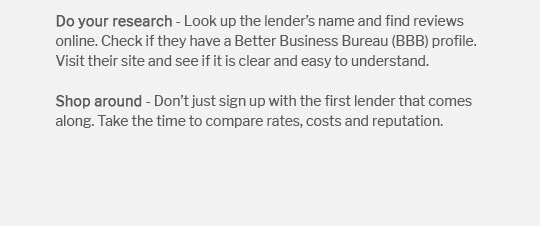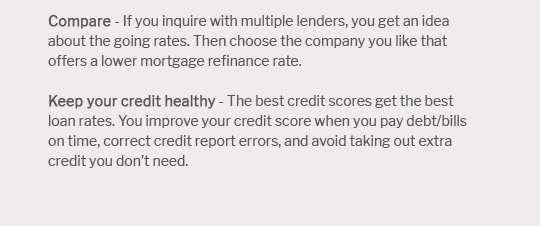 |
|||
 |
 |
 |
||
|---|---|---|
 |
||
 |
||
 |
||
 |
||
 |
 |
 |
 |
Current Investment Property Refinance Rates: Key Features and HighlightsInvestment properties can be a lucrative addition to your portfolio, and refinancing them can provide significant financial benefits. Understanding current refinance rates is essential for making informed decisions. Understanding Refinance RatesRefinance rates for investment properties typically vary based on several factors including credit score, loan-to-value ratio, and market conditions. Generally, these rates tend to be slightly higher than those for primary residences due to the increased risk associated with rental properties. Factors Affecting Rates
Benefits of RefinancingRefinancing an investment property can offer several advantages:
For those considering the best 20 year mortgage rates, exploring fixed-rate options can provide stability and predictability in payments. Risks and ConsiderationsWhile refinancing can offer benefits, it's not without risks. Be mindful of closing costs, potential increases in monthly payments if you opt for a shorter term, and the overall impact on your investment strategy. It’s also crucial to understand specific refinance options like the cost of va streamline refinance which might be beneficial for eligible veterans seeking to lower their interest rates. FAQ SectionWhat are the typical closing costs for refinancing an investment property?Closing costs generally range from 2% to 5% of the loan amount. These can include origination fees, appraisal fees, and title insurance. How often can I refinance my investment property?There is no set limit on how often you can refinance, but lenders typically require a waiting period of at least six months between refinances. Do investment property refinance rates differ from primary residence rates?Yes, investment property refinance rates are usually higher due to the increased risk associated with non-owner-occupied properties. https://www.visiolending.com/investment-property-mortgage-rates
In other words, if the equivalent consumer mortgage rate is 6.5%, the rate for a single-family investment property will be 7.75% to 9.5%. leads. Investment ... https://www.businessinsider.com/personal-finance/mortgages/investment-property-mortgage-rates
Current investment property mortgage rates ... In February, 30-year mortgage rates averaged 6.51%, according to Zillow data. This is down 20 basis ... https://www.starone.org/loans/investment-property/
1031 Exchange Webinar - Mortgage Rates for Primary or Secondary Residences - Fixed-Rate First Mortgage * as low as 5.625% (5.727% APR) - Adjustable-Rate Mortgage ...
|
|---|